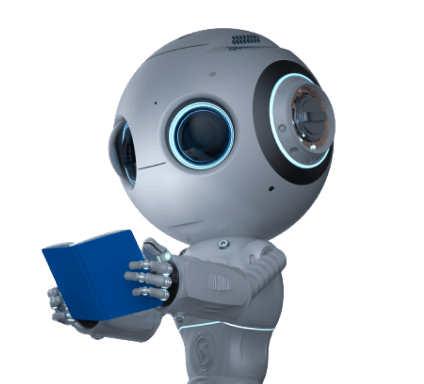Results for ""
Supply Chain 4.0 is the application of the Internet of Things, the use of advanced robotics, and the application of advanced analytics of big data in supply chain management, as per McKinsey. The way to achieve it: place sensors in everything, create networks everywhere, automate anything, and analyse everything to significantly improve performance and customer satisfaction.
This interconnected system of supply operations with a digital core integrates information from many sources to create a lattice that allows for interaction among traditionally discrete nodes of a supply chain. The integration of disruptive tech has added newer dimensions to the traditional design, plan, source, make, and deliver progression of a linear supply chain, transforming it to an intelligent and nimble Digital Supply Network. Here’s how IoT has revolutionised the individual operations of the production flow to form the components of the supply chain 4.0.
Source: Deloitte University Press
- Digital Development: Optimise product lifecycle management with advanced digital tactics. Adopting softwares with automation features can unlock more innovation opportunities and help respond to customer feedback in real-time.
- Synchronised Planning: Plan and manage all resources required to meet customer demand for a company’s product or service. This can significantly be made efficient through tech-enabled synchronisation in an interconnected supply chain.
- Intelligent supply: Reduce sourcing costs through new advanced technologies, models and capabilities such as demand prediction, automated warehouse operations, and inventory tracking.
- Smart factory: Unlock new production efficiencies by a more connected, agile and proactive factory. Technology affords features such as real-time collaboration with suppliers and customers, highly automated operations with minimal human interaction, live metrics and tools to support decision making, and so on.
- Dynamic Fulfilment: Coordinate orders, deliveries, dispatches, invoicing and payments through new levels of speed and agility using automation and bots.
- Connected Customer: Offer customer support through seamless engagement by using machine learning-enabled features such as versatile chatbots, automated email replies, conversational assistants and so on.
Sources of Article
Image from Wikimedia Commons






